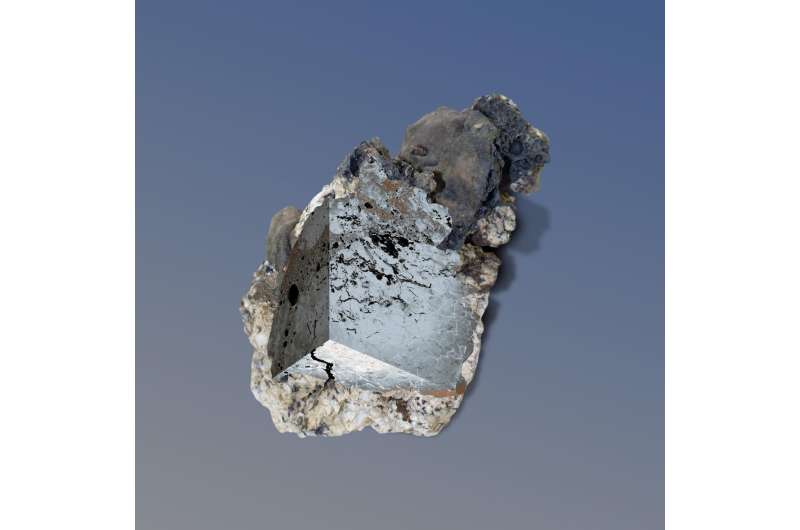Ancient glass-glued walls studied for nuke waste solutions

The modern challenge of nuclear waste storage and disposal has researchers at Washington State University looking back at ancient materials from around the world.
They report on their work studying ancient glass and rock defense walls in a paper published in the May issue of American Ceramic Society Bulletin.
At the Hanford nuclear site in eastern Washington, the U.S. Department of Energy (DOE) is building the world's largest radioactive waste treatment plant for cleanup of 56 million gallons of radioactive and chemical waste. Researchers want to convert the waste, held in underground storage tanks, into durable glass that can be stored for thousands of years.
But they need to improve their understanding of how that glass would corrode, perform and alter over such a long time.
Technique 'like nowhere else in the world.'
Led by Jamie Weaver, a WSU doctoral student in chemistry, the researchers are studying materials from the mysterious Broborg hill-fort in Sweden, where a tribe of people around 1,500 years ago melted rocks to strengthen fortifications against invaders. They piled boulders left by ancient glaciers into two large rings, put black amphibolite rocks on top, layered the wall with charcoal and burned it. As the rock melted, it infiltrated the boulders and cooled as glass, acting as glue for the wall.
"The technique is like nowhere else in the world," said John McCloy, associate professor in the WSU School of Mechanical and Materials Engineering and co-author on the paper. "They heated the rock until it melted—and it is still quite intact 1,500 years later.''
The Broborg site is valuable because researchers know what happened to the glass, how old it is and how it has worn. This can help them improve their models for long-term environmental protection, he said: "We need relevant timescales.''
The project is led by the DOE's Office of River Protection (ORP), which is developing a testing protocol for nuclear glass to meet U.S. Environmental Protection Agency disposal regulations.
Pre-technology expertise inspiring
Weaver, an intern at DOE's Pacific Northwest National Laboratory (PNNL), said she has gained appreciation of the ancient people and their techniques as she has studied them.
"Without electricity and all the technology that we have today, they did some really cool work,'' she said. "It's pretty awesome how smart and creative they were.''
Provided by Washington State University
















